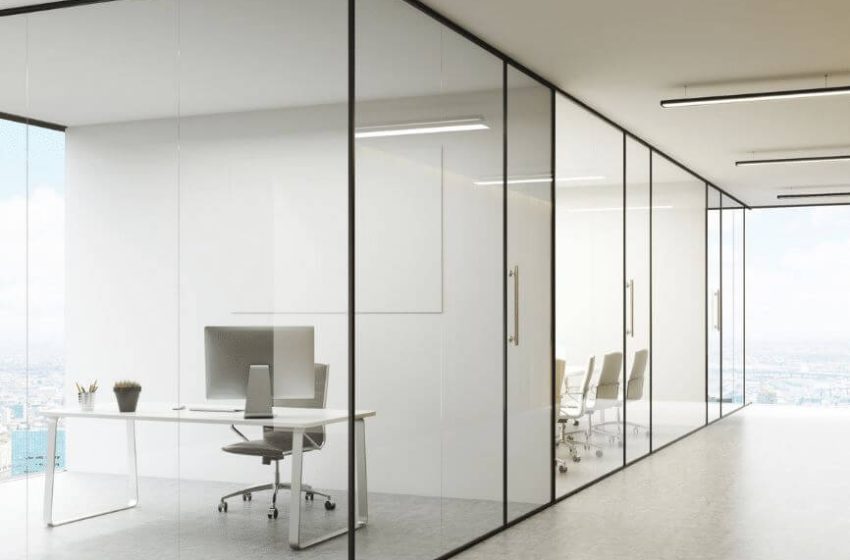Glass Works with Most Advanced Features

Glass works are structures that are built with glass as the primary material. They are often used in modern architecture to create a sleek and sophisticated look, while also allowing for natural light to enter the building. Glass works with advanced features are becoming increasingly popular in today’s construction industry, as they offer a range of benefits, including improved energy efficiency, enhanced safety, and greater design flexibility.
Smart Glass
Glass glass, also known as switchable glass, is a type of glass that can change its properties depending on the environment. It can become opaque or transparent at the flick of a switch or based on external conditions, such as temperature or light. This technology is ideal for use in windows, skylights, and partitions, as it can provide privacy, reduce glare, and enhance energy efficiency.
Low-E Glass
Low-emissivity (low-e) glass is a type of glass that has a special coating that reflects heat back into the room. This helps to keep buildings warmer in winter and cooler in summer, reducing the need for heating and air conditioning. Low-e glass can also reduce the amount of ultraviolet (UV) light that enters a building, protecting furniture and fabrics from fading.
Energy Efficient Glass
Energy-efficient glass is designed to minimize the amount of heat that is transferred through the glass, helping to reduce energy costs and improve thermal comfort. This type of glass is often used in double or triple-glazed windows, which have multiple layers of glass with an air or gas-filled gap between them. This gap acts as an insulator, preventing heat from escaping or entering the building.
Self-Cleaning
Glass Self-cleaning glass is coated with a special material that breaks down dirt and grime when exposed to sunlight. This means that the glass does not need to be cleaned as frequently, reducing maintenance costs and improving the building’s appearance. Self-cleaning glass is particularly useful in hard-to-reach areas, such as skylights and high-rise windows.
Safety Glass
Safety glass is designed to be more resistant to breakage than regular glass, making it a safer option for buildings. There are several types of safety glass, including laminated glass, tempered glass, and wired glass. Laminated glass consists of two or more layers of glass with a plastic interlayer between them, while tempered glass is heated and cooled rapidly to increase its strength. Wired glass has a wire mesh embedded in it to prevent it from shattering.
Acoustic Glass
Acoustic glass is designed to reduce the amount of external noise that enters a building. It works by absorbing sound waves, preventing them from passing through the glass. Acoustic glass is particularly useful in noisy environments, such as airports, train stations, and busy city centers.
Decorative Glass
Decorative glass is used to enhance the appearance of a building, with a wide range of styles and designs available. It can be used in windows, doors, partitions, and even floors to create a unique and stylish look. Decorative glass can be etched, sandblasted, painted, or laminated to create a variety of effects.